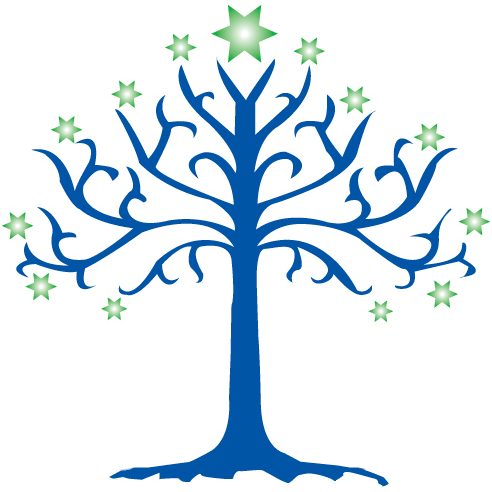The Kindergarten Pod teaches students of a kindergarten age level. The program provides an engaging educational environment permeated with Howard Gardner’s Theory of Multiple Intelligence, Maria Montessori’s teaching methods, along with some elements from a traditional Kindergarten classroom. This multifaceted instructional approach ensures that all learners in the classroom are reached no matter their preferred intelligence.
The Kindergarten culture operates on the principle of freedom within limits, the Montessori Theory in Kindergarten inspires children to work at their own pace, alone or with others. Teachers encourage and guide children to become self-motivated, independent individuals by balancing active, self-directed learning with small group collaboration and peer teaching. The Montessori Theory compliments Howard Gardner’s Theory of Multiple Intelligences, through the use of manipulatives, and the teaching strategies used to ensure all intelligences are fostered.
Based on the Montessori Method, there are four major areas of instruction in the Kindergarten Pod: Practical Life, Sensorial, Mathematics, and English Language Arts.
- Practical Life activities are purposeful works such as pouring, sorting, and other activities they will use throughout their lives. Practical Life also encompasses social and emotional skills to ensure children become well rounded, respectful, individuals.
- The Sensorial area of the classroom promotes hands-on exploration of the five senses. Students work with color tablets, sweet and sour, and scents. Cultures or social studies, also incorporates hands-on geographic exploration with the Montessori Map Puzzles. Once mastered, each student picks a project to make their own map to label and bring home. In addition to our Montessori cultural materials, we use Scholastic News Magazines that focus on nonfiction text centered around a seasonal theme.
- The sensorial experience extends into the Mathematics curriculum, where students work with manipulation of concepts such as 2 dimensional and 3 dimensional shapes, length, and grading. The mathematics curriculum is a combination of Montessori Materials and the Everyday Math program. Mathematics is taught using whole group, small group, partners, and individual lessons, therefore children are still able to work at their own pace.
- The English Language Arts (ELA) instruction is also a combination of group and individual work. Primary Phonics and Explode the Code Series of workbooks and readers are used in which the students progress through at their own pace.
Our teachers monitor and evaluate student progress through teacher observation, student self-evaluation, projects, and DIBELs testing
